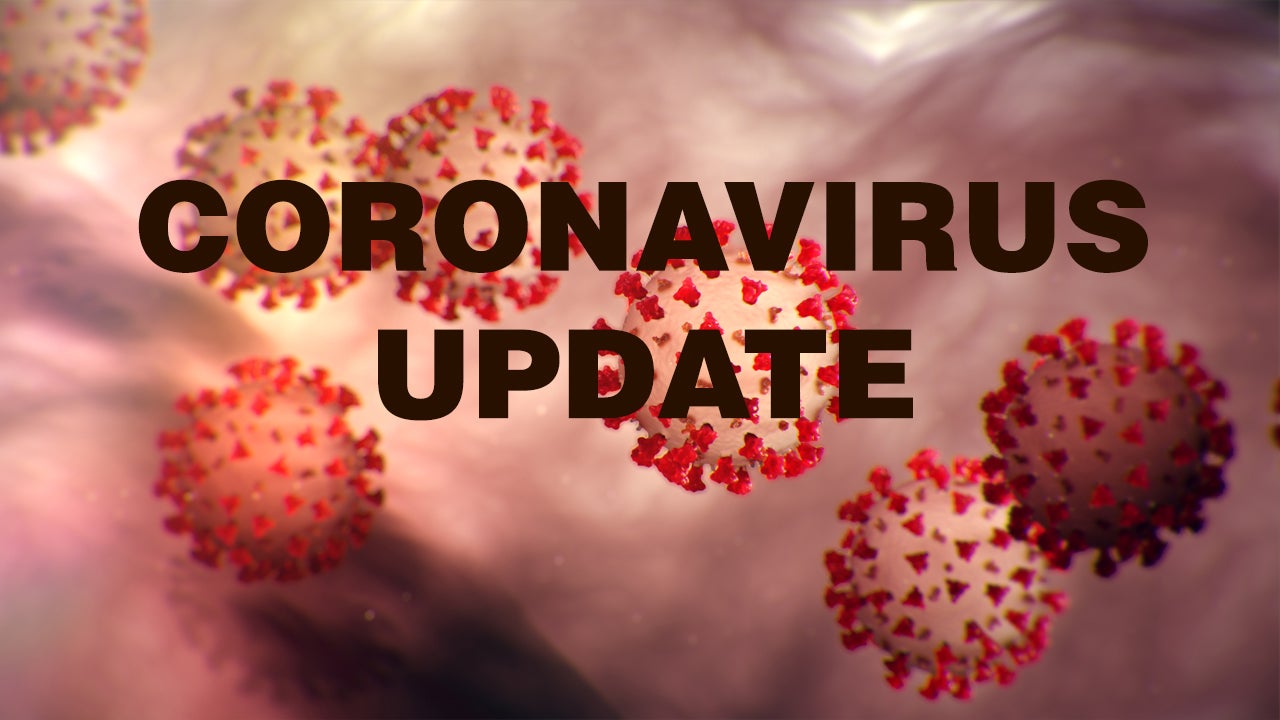Severe weather forecast for Sunday
Published 12:39 am Saturday, April 11, 2020
|
Getting your Trinity Audio player ready...
|
With threats of severe weather on Easter, Covington County will not have an emergency shelter due to COVID-19.
Covington County Emergency Management Agency director Susan Harris said Covington County does not have any pre-storm public shelter.
“Under other circumstances, EMA would have two potential shelter locations, however, with FEMA guidelines regarding the COVID-19 environment we will not be able to open a public shelter. There is time now for you to make plans for a safer place.”
According to the National Weather Service, there is a moderate risk of severe weather along and north of the New Augusta, Grove Hill to the Camden line and an enhanced risk of severe weather across the rest of the area.
Confidence is increasing on the likelihood of a severe weather outbreak Sunday afternoon and evening.
The main threats according to the NWS are tornadoes, some of which could be strong and long tracked, damaging straight-line winds and large hail. Winds will be strong and gusty ahead of the storms during the day on Sunday.
Frequent wind gusts of 35-45 miles per hour are likely on Sunday outside of thunderstorm activity, which can knock down branches and small trees and blow around loose unsecured objects.
The NWS said there are still uncertainties in the precise timing and evolution of storms.
From ready.gov, tornadoes can destroy buildings, flip cars, and create deadly flying debris. Tornadoes are violently rotating columns of air that extend from a thunderstorm to the ground. Tornadoes can:
• Happen anytime and anywhere;
• Bring intense winds, over 200 MPH; and
• Look like funnels.
If you are under a tornado warning, find safe shelter right away.
• If you can safely get to a sturdy building, then do so immediately.
• Go to a safe room, basement, or storm cellar.
• If you are in a building with no basement, then get to a small interior room on the lowest level.
• Stay away from windows, doors, and outside walls.
• Do not get under an overpass or bridge. You’re safer in a low, flat location.
• Watch out for flying debris that can cause injury or death.
• Use your arms to protect your head and neck.
How to stay safe when a tornado threatens:
• Know your area’s tornado risk. In the U.S., the Midwest and the Southeast have a greater risk for tornadoes.
• Know the signs of a tornado, including a rotating, funnel-shaped cloud; an approaching cloud of debris; or a loud roar—similar to a freight train.
• Sign up for your community’s warning system. The Emergency Alert System (EAS) and National Oceanic and Atmospheric Administration (NOAA) Weather Radio also provide emergency alerts. If your community has sirens, then become familiar with the warning tone.
• Pay attention to weather reports. Meteorologists can predict when conditions might be right for a tornado.
• Identify and practice going to a safe shelter, while following the latest social and physical-distancing and other health safety guidelines from the Centers for Disease Control and Prevention and your local health authorities, in the event of high winds, such as a safe room built using FEMA criteria or a storm shelter built to ICC 500 standards. The next best protection is a small, interior, windowless room on the lowest level of a sturdy building.
• If you must go to a community or group shelter during severe weather, take hand sanitizer and disinfecting wipes to clean, disinfect, deodorize and remove allergens from surfaces.
• Try to keep a safe distance away from others in the shelter if at all possible.



